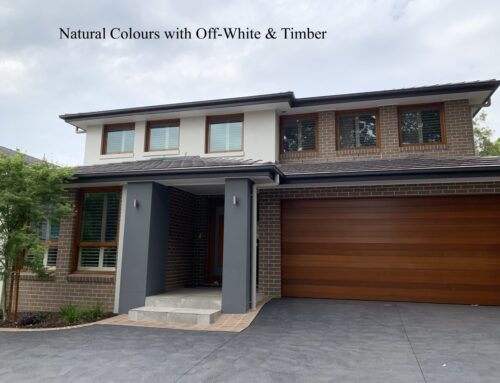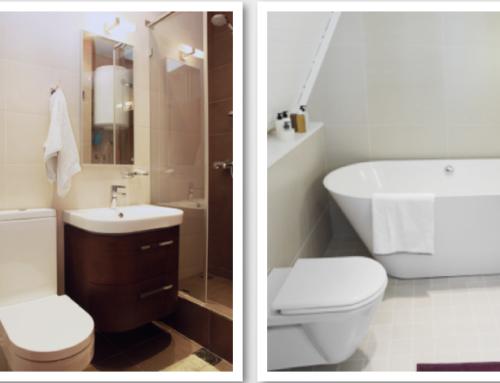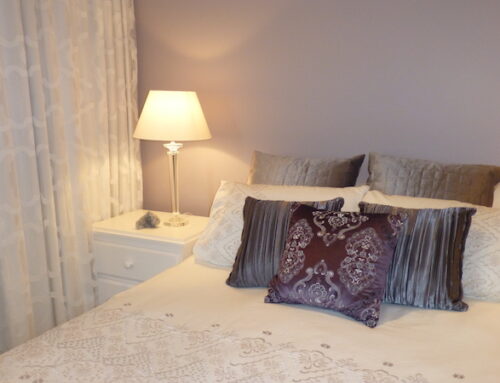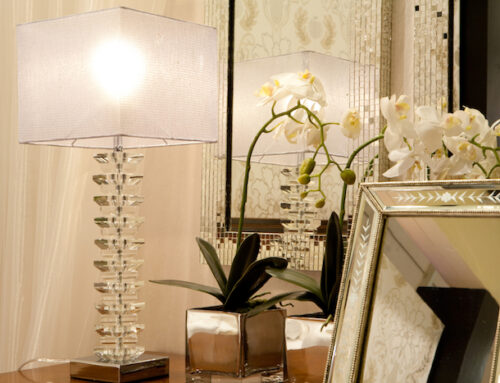If you dislike bathing the Middle/Dark Ages would have perfectly suited you. No-one bathed not even the aristocracy who instead doused themselves with perfume to cover the stench!
Thankfully we’ve moved on from this. We now have a lot of choices when it comes to bathing, including the shower. However this article is all about the bath. We now believe bathing is good for us, in so many ways. If you want to read more about why then click this link, but first read on to find out about the wonderful world of baths.

Built-in Baths
The built-in bath was pioneered by Kohler in 1911 as being the most space efficient and this remains so today. From around the middle of the 20th Century they were what we visualised when talking about bathtubs.
Built into at least two walls and often three, the built-in has been modernised to a large extent by increasing the surface space around the bath to incorporate a tiled rim on as many sides as there is enough space. This creates room for the odd candle or glass of wine, as well as the soap and shampoo. :) It is still very popular today.

Built-in bath with stone surround.
Freestanding Baths
The freestanding bath was originally unplumbed, being a simple metal tub that was filled by hand with hot water and then emptied by hand – a laborious process indeed! They were eventually plumbed and the most famous of its kind was the clawfoot bath, that you can still find both as an original (if you’re lucky) and as reproductions today.
In the 1920’s they went out of fashion in favour of the built-in but in recent years have made a huge comeback. They can be made of acrylic, porcelain enamelled iron or steel, timber and other metals such as copper and are larger than the ‘originals’. They are also more stylish, coming in a gorgeous array of shapes and sizes.
A funny and true story about the freestanding bath comes from Kohler, who in the late 1800’s made a freestanding tub of cast iron and sold it as a horse trough with four legs that could be converted to a bath by attaching the legs.
Freestanding baths do need more space around them, at least 200mm or 8inches at each end as well as the rear wall to allow for easy cleaning of the surrounding walls and floor.

A clawfoot and a contemporary freestanding bath.
Back to Wall Freestanding Baths
These are a recent addition to the world of baths. They use slightly less space than a fully freestanding tub as they are designed to attach to the rear wall only. They still need the same 20mm or 8inches at each end.
The Jacuzzi (or hot tub or spa bath)
The Jacuzzi was invented by Jacuzzi in 1968 as a therapeutic device for athletes and today most of us can enjoy the heat and bubbles in our very own hydrotherapy bath. Commonly a modern hydrotherapy bath has approximately 22 small jets positioned around the inner surface to give maximum effect to sore, tired muscles and relieve those aches and pains. They can be either built-in or freestanding.
Ofuro – the Japanese bath
The Japanese bath or Ofuro is made of timber, often from traditional Japanese hinoki or of cedar. These baths are made for soaking not washing and definitely need to be plumbed to hot and cold water if you don’t have a hot spring handy for your water supply.
In my opinion all baths should be taken when you have plenty of time on your hands. Add some of your favourite oils or a home-made bath bomb, relax and enjoy!
If you need a little extra help to ensure you get the perfect bathtub for your home, give Creative Style a call on 0416 190 792 or email [email protected] to book an appointment with Jenny.








Leave A Comment